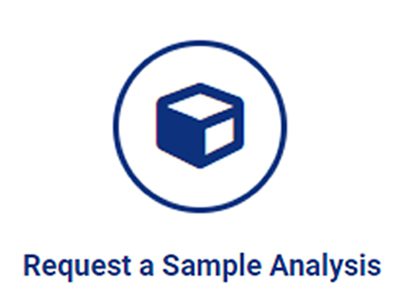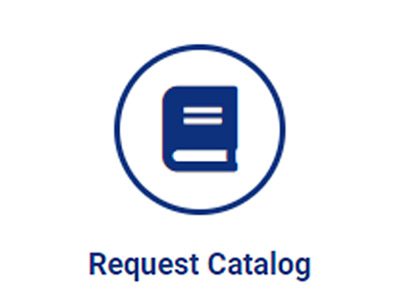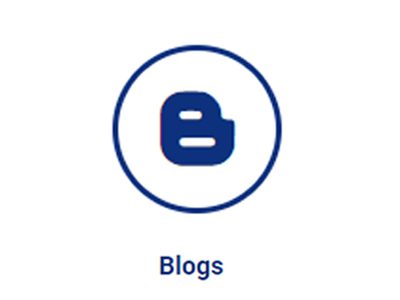The Ocean’s Carbon Story, Quantified
The quest to track carbon with micromolar precision aboard a rocking ship once felt like trying to measure the whisper of a storm. Yet the ocean, our largest carbon sink, changes by only about 1 μmol/kg of dissolved inorganic carbon each year, an almost imperceptible signal that demands absolute accuracy.
How does the UIC Inc. coulometer measure carbon content?
The coulometer electrochemically titrates the absorbed carbon until the spectrophotometric endpoint is achieved, which is a factory-set endpoint of 29.5%T.
In the landmark 1991 Marine Chemistry paper by Carol Robinson and P.J. leB. Williams, the researchers used a UIC Inc. Model 5011 coulometer system to push the boundaries of carbon analysis in seawater. Their design achieved precision of ±0.5–1.0 μmol/kg, using coulometry to transform invisible CO₂ gas into a measurable electrical signal.
The big reveal was automation. By coupling the UIC Inc. analyzer with a computer-controlled extraction and titration sequence, they turned what was once a manual operation into a continuous ocean carbon mapmaker, capable of ten analyses per hour, tracking subtle biogeochemical shifts every 1–2 km at sea.
Here’s how it works in principle: CO₂ liberated from seawater reacts with a specialized absorbent solution inside the coulometer cell. The UIC system then electrochemically titrates the carbon, monitoring the charge required to neutralize it. Because the amount of charge corresponds exactly to the carbon content (by Faraday’s law), calibration isn’t needed, the laws of physics themselves serve as the standard.
The implications are profound. With UIC’s system, researchers verified inter-laboratory accuracy within 1 μmol/kg and demonstrated the first real-time, automated mapping of oceanic carbon, a breakthrough that laid the foundation for global carbon flux studies.
What began as a struggle to measure a molecule’s shadow has become a precise choreography of electrons and ions, revealing the rhythms of Earth’s carbon engine. To explore how modern UIC Inc. carbon analyzers continue this legacy of electrochemical precision, visit UIC Inc..
Reference: Robinson, C., & Williams, P. J. leB. (1991). Development and assessment of an analytical system for the accurate and continual measurement of total dissolved inorganic carbon. Marine Chemistry, 34(1–2), 157–175. https://doi.org/10.1016/0304-4203(91)90002-U_




